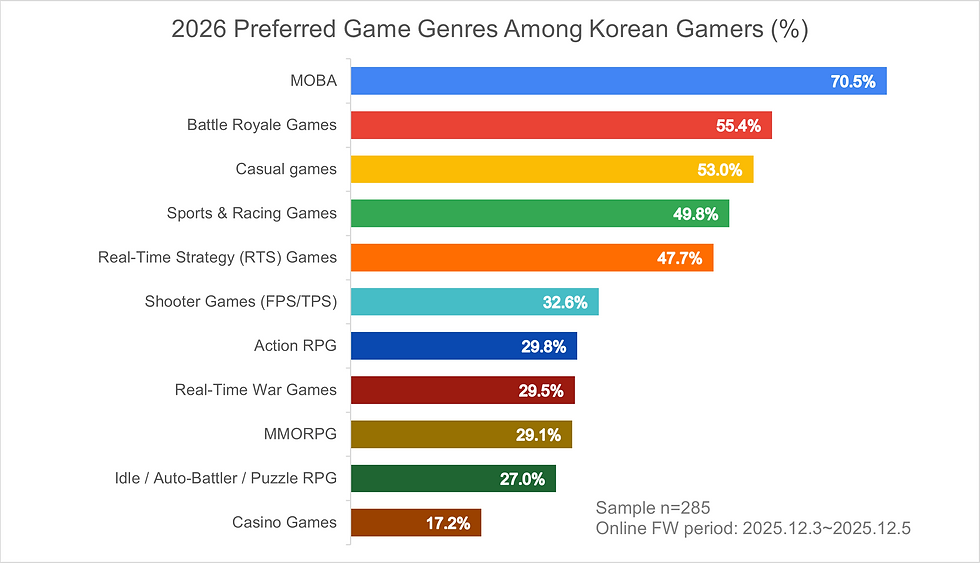Social Network Analysis in Games User Research
- uxrplayer
- Nov 6, 2023
- 2 min read
In multiplayer and social network games, social interactions - whether competition or collaboration - are vital for engaging and retaining players. Therefore, comprehending the social structures, dynamics, and interactions between players is a crucial yet challenging endeavor.

Social Network Analysis (SNA) is a powerful tool that gaming companies can leverage to gain valuable insights into player behavior, interactions, and relationships within their games. Here are the key points and takeaways on how we utilize SNA and help gaming companies:
1. Identifying Player Networks:
- Nodes and Edges: Players are represented as nodes, and their relationships are represented as edges in a graph structure.
- Direct and Indirect Relationships: Direct interactions like in-game messaging and friendships, as well as indirect interactions such as playing together or in the same location, form the basis of these relationships.
- Different Network Structures: Networks can be undirected (bidirectional connections), directed (one-way connections), or weighted (connections with varying strength based on the intensity of interactions).
2. Analyzing Player Networks:
- Degree Centrality: Measures the number of connections a player has. High degree indicates a player with many friends or interactions, essential for the network's robustness.
- Closeness Centrality: Measures how quickly information spreads between players. Players with high closeness centrality are vital for spreading information efficiently.
- Betweenness Centrality: Identifies players connecting different sub-groups. These players, even with few connections, are crucial for maintaining social connections between groups.
- Identifying Communities: SNA helps in finding clusters or groups of players based on interests, playing habits, or geographical locations. These insights can be used for recommendation systems or player classification.
3. Mapping to Game Data:
- Supplementary Information: Player nodes and edges can be mapped to in-game data such as playing behavior, performance, or preferences.
- Analyzing Player Behavior: Mapping social network metrics to in-game data helps in understanding motivators, issues, and influences on player performance and behavior.
4. Benefits for Game Designers and Operators:
- Identifying Key and Weak Players: SNA assists in identifying influential players (key players) and players with fewer connections (weak players), allowing game designers to motivate them effectively.
- Maintaining Social Connectivity: Recognizing bridge players (betweenness centrality) helps in ensuring social connections between different player sub-groups.
- Enhancing Player Engagement: Insights from SNA can be used to design game elements that motivate players, enhancing their overall gaming experience.
5. Use Cases:
- Player Retention: By understanding player networks, gaming companies can implement strategies to retain players by enhancing social interactions and engagement.
- Game Customization: Tailoring in-game experiences based on player networks, preferences, and behaviors leads to more personalized and enjoyable gameplay.
- Community Building: SNA helps in fostering communities within games, encouraging players to form meaningful connections, and enhancing the overall gaming community experience.
In summary, Social Network Analysis provides gaming companies with a comprehensive understanding of player relationships and behaviors. By leveraging this knowledge, game developers can create more engaging, personalized, and socially connected gaming environments, ultimately leading to increased player satisfaction and retention. Reach out to UXR Player for more info!
Sources:
https://www.researchgate.net/publication/327526103_Social_Network_Analysis_in_Games_User_Research
.png)



Comments